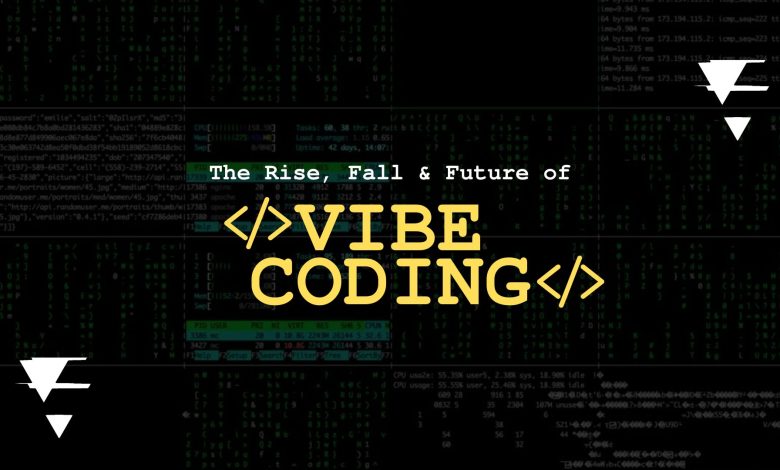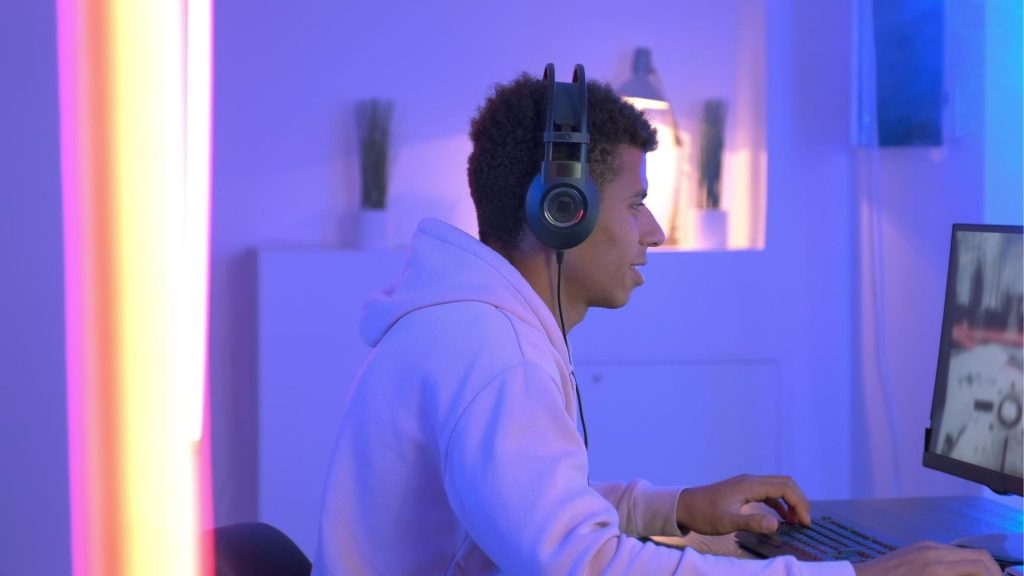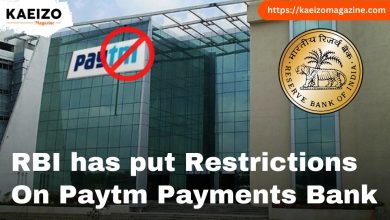Vibe Coding Relevance in an AI-Driven World

As artificial intelligence rapidly reshapes the tech industry, many are questioning the vibe coding relevance in today’s fast-paced, structure-driven environment. Once celebrated for encouraging creativity and freedom in software development, vibe coding now finds itself under scrutiny. But is it fading away—or simply evolving?
🎨 What Exactly is Vibe Coding?
Vibe coding refers to a more intuitive, emotionally driven approach to writing code—where creativity often takes precedence over rigid technical rules. It’s especially appealing to beginner programmers, who are drawn to the idea of building things based on inspiration rather than predefined frameworks.
This coding style encourages “going with the flow,” embracing experimentation, and learning through real-time building rather than textbooks. But in a market increasingly dominated by AI and automation, some tech professionals are asking whether vibe coding still holds its ground.

📉 Challenges to Vibe Coding in the Age of AI
A key factor impacting vibe coding relevance is the rise of AI-powered tools like GitHub Copilot and ChatGPT. These technologies streamline mundane coding tasks, shifting focus from creative exploration to output efficiency. For companies focused on scalability and cost-cutting, this signals a preference for structured, reliable code over spontaneous creation.

This transformation also brings increased expectations for developers to possess deep domain knowledge, testing experience, and strong foundations in structured programming—areas where pure vibe coding often falls short.
💸 Pricing Pressures and Developer Burnout
The conversation doesn’t stop at coding style. Flawed pricing models in development tools add pressure. For example, services like Cursor offer unlimited usage for a flat $20 fee, which sounds great—until you factor in the high costs of GPU resources behind the scenes.
This cost imbalance, paired with context-heavy coding workflows, can exhaust developers and hinder the long-term sustainability of platforms that support vibe coding practices.
🧠 Structured Learning vs. Creative Coding
There’s growing consensus among educators and tech leaders that creative coding needs to be paired with structured learning. While vibe coding fosters expression, it must also equip developers to solve complex, real-world problems efficiently.
Read why structured programming is key for tech jobs
If vibe coding is to stay relevant, it has to align with this demand—by promoting not just creativity, but also logical thinking, documentation, and testability.
⚡ Can Vibe Coding Coexist with Innovation?
Absolutely. In fact, combining structured practices with vibe coding relevance could drive a new era of developer creativity. By applying this hybrid model in educational settings and workplace environments, we can enable programmers to explore while staying grounded in fundamentals.
Image Suggestion: Team collaboration around laptop with post-it notes
Alt Text: Software team brainstorming with creative coding ideas
Innovative projects—especially those in fields like game design, AR/VR, or music tech—can benefit from vibe-centric coding that values emotional and sensory input. Here, vibe coding shines not as a replacement for structure, but as a creative supplement.
🌱 The Future of Vibe Coding
Despite its critics, vibe coding relevance is far from obsolete. Its emotionally expressive foundation aligns well with modern, collaborative development models. It promotes communication, empathy, and innovation—qualities increasingly important in global, cross-functional teams.
Additionally, many developers still crave that sense of “fun” in coding—the joy of building something spontaneous and original. Vibe coding meets that need. With balanced implementation, it can empower new developers to express ideas freely while adapting to real-world tech demands.
🔚 Conclusion: Rethink, Don’t Retire
Rather than declaring vibe coding dead, the industry should rethink how it fits into the modern tech landscape. Educators and professionals alike must encourage developers to balance free-form coding with structured best practices.
In doing so, vibe coding relevance can thrive—offering a creative outlet that keeps programming fun, human, and deeply innovative.




